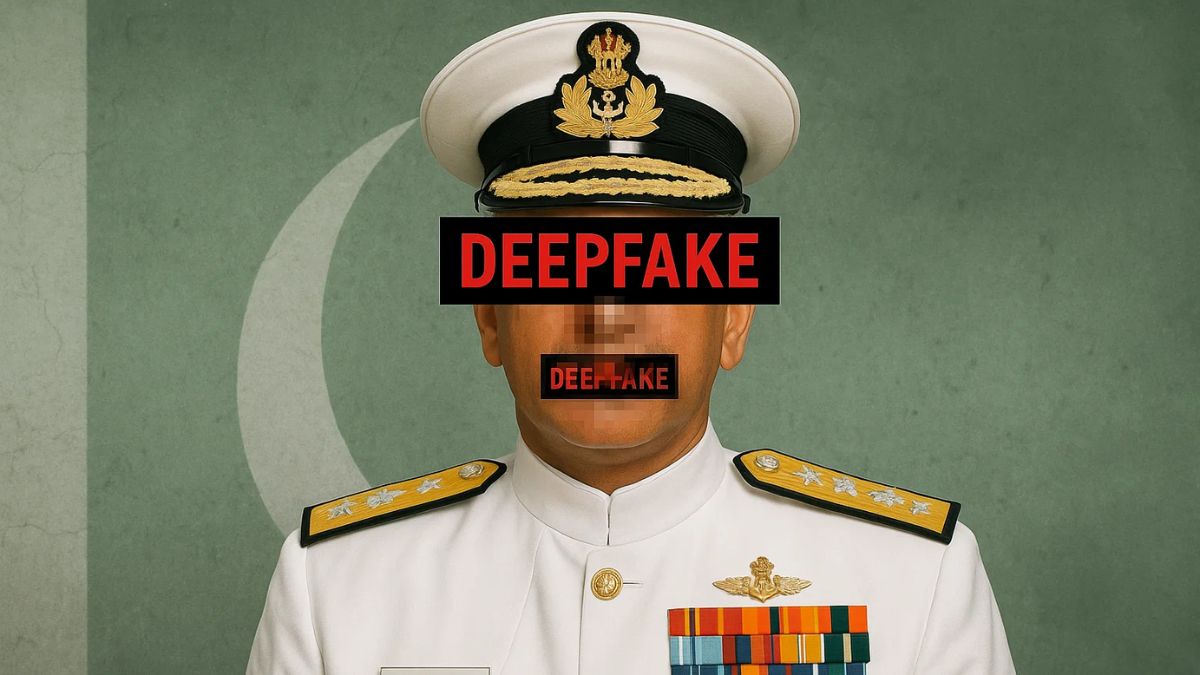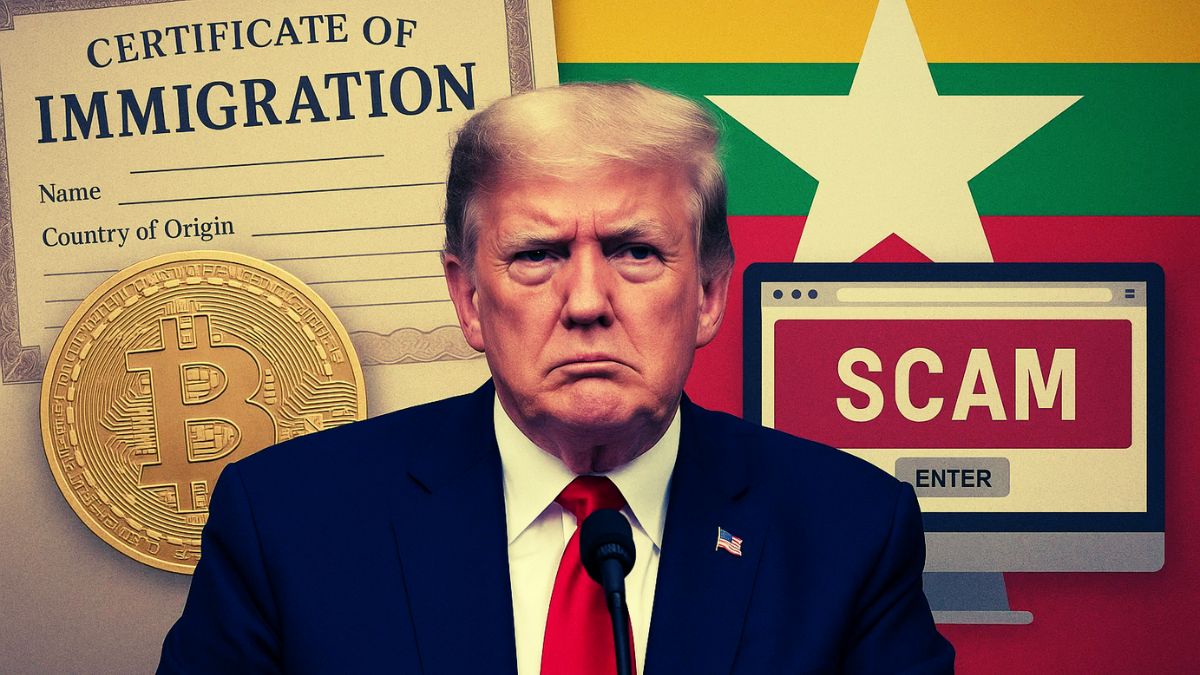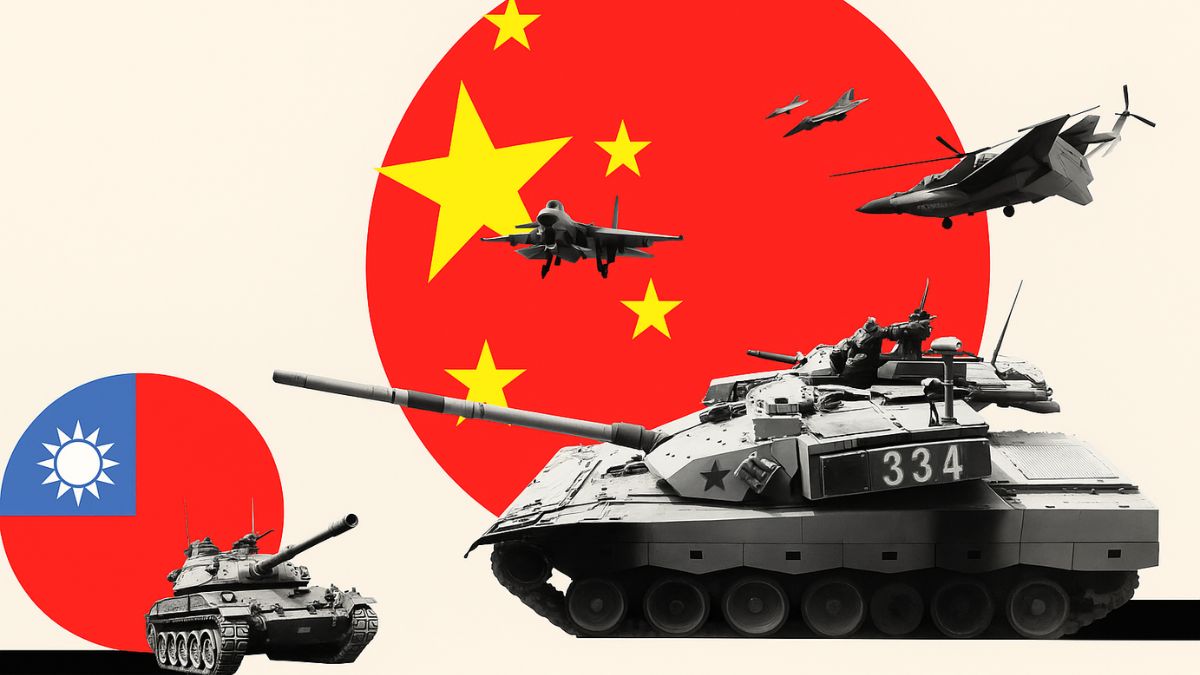Trapping Social Media Influencers: Inside ISI’s Espionage-Propaganda Network

Jyoti Malhotra’s cheerful travel vlogs painted a seemingly innocent portrait: an Indian woman warmly exploring Pakistan’s bustling bazaars, lush countryside, and lively festivals. With nearly 400,000 subscribers, Malhotra’s channel, “Travel with JO,” promised to build cross-border friendships and cultural bridges. But beneath the cheerful narratives, a darker agenda was unfolding.
Malhotra’s arrest in May 2025 shocked her fans, but Indian intelligence agencies had been closely tracking her for months. Their investigation unearthed alarming evidence—Malhotra was actively engaged with operatives from Pakistan’s Inter-Services Intelligence (ISI), using encrypted messaging to share sensitive information about Indian military movements.
Her case is no anomaly. Jasbir Singh, whose “Jaan Mahal” channel boasts 1.1 million subscribers, was similarly ensnared, arrested shortly after Malhotra. His frequent visits to Pakistan, under high-security arrangements and with privileged access to military officials, raised immediate red flags.
These influencer-led espionage cases highlight a sophisticated new ISI strategy that leverages social media personalities not just for propaganda, but also as active intelligence assets.
The Modern Espionage Blueprint
ISI’s use of digital influencers marks an evolution from traditional espionage. Historically relying on diplomats, journalists, or military insiders, Pakistan’s intelligence agency has shifted its attention toward social media influencers, recognising their vast reach and unique access.
Influencers initially receive seemingly benign invitations from Pakistani diplomats or cultural attachés, typically at events hosted by the Pakistan High Commission in New Delhi. These meetings offer influencers sponsored visas and trips, fostering relationships through hospitality, cash incentives, and potential honeytraps—romantic liaisons documented for blackmail.
Malhotra’s extensive stays in Lahore and subsequent travel to China in 2024, under Pakistani sponsorship, reveal a carefully structured recruitment phase. “It starts innocently,” said an Indian intelligence official, “but escalates quickly once ISI handlers establish trust or leverage vulnerabilities.”
Soft Power Meets Hard Espionage
ISI’s targeting of influencers like Malhotra and Singh isn’t solely about espionage—it’s part of a broader propaganda strategy. By guiding content creation, ISI subtly shapes narratives to humanize Pakistan, soften anti-Pakistan sentiment in India, and improve its global image. Videos like Malhotra’s “Indian Girl in Pakistan” serve a dual purpose—gathering intelligence and boosting Pakistan’s soft power appeal.
Punjab, a strategically crucial state bordering Pakistan, has become a particular hotspot. Influencers travelling and filming there can inadvertently—or deliberately—capture and share critical military details, infrastructure vulnerabilities, and troop deployments. Intelligence analysts note that the gravity of this threat intensified significantly during recent India-Pakistan tensions, particularly after Operation Sindoor in early 2025.
Inside the Web of Influence
Central to ISI’s operations in India was Ehsan-ur-Rahim, also known as Danish, a key handler working from the Pakistan High Commission. Danish orchestrated the recruitment and management of influencers, ensuring their visits appeared innocuous and culturally enriching.
Following the exposure of the espionage ring, India expelled Danish and another Pakistani official, declaring them persona non grata and significantly reducing diplomatic staffing levels, signalling heightened bilateral tensions.
Countermeasures and Vigilance
Indian security agencies, combining the efforts of the Punjab Police and central intelligence, launched an extensive surveillance operation, intercepting encrypted communications and scrutinising the travel patterns of influencers. This rigorous monitoring led directly to the dismantling of networks orchestrated by operatives like Danish.
Yet, despite recent successes, experts warn of the enduring challenge. Social media influencers remain prime targets due to their reliance on views, sponsorships, and public engagements, making them vulnerable to ISI’s sophisticated inducements. Cybersecurity analysts urge platform operators and influencers alike to adopt stringent protective measures, including enhanced security protocols and greater transparency about sponsored content.
A Global Pattern Emerges
ISI’s influencer strategy isn’t unique globally. Intelligence agencies worldwide are increasingly using influencers to push their geopolitical agendas subtly. Russia’s GRU notably recruited Elena Branson to spread disinformation in the United States, and China’s MSS collaborates with ISI, amplifying anti-India narratives through coordinated social media campaigns.
The broader trend underscores a significant shift in international espionage, where influence and information intersect seamlessly, complicating traditional intelligence countermeasures.
The New Frontier of Espionage
ISI’s exploitation of social media influencers symbolises espionage’s new frontier, where the boundaries between cultural diplomacy, propaganda, and intelligence-gathering blur dangerously. For India—and democracies globally—countering this threat demands innovative cybersecurity strategies, public awareness, and international collaboration. In the era of digital influence, vigilance must extend beyond borders and into the very fabric of social media itself.
(Huma Siddiqui is a veteran defence & foreign affairs journalist with over three decades in the Financial Express. Views expressed are the author’s own and do not reflect the editorial stance of RNA.)







